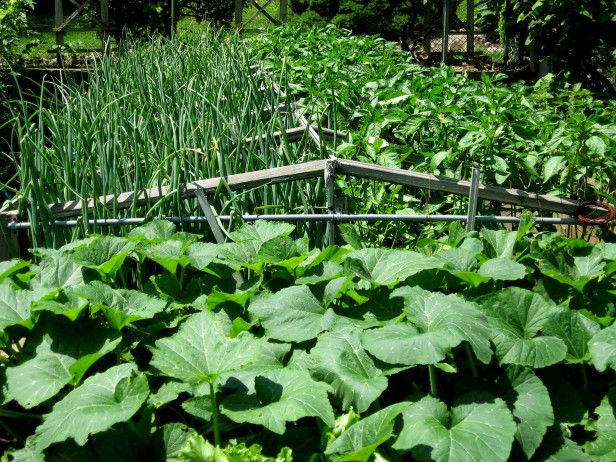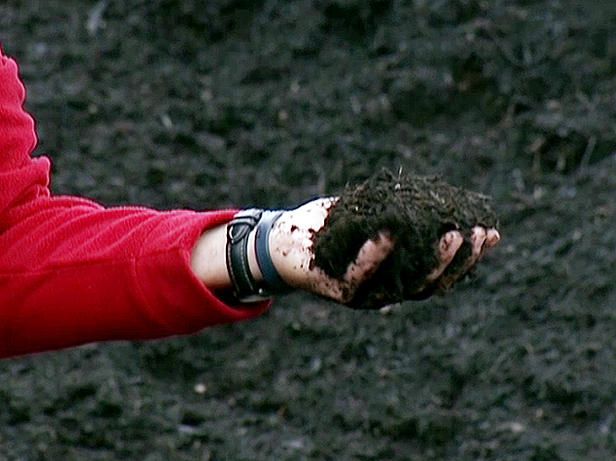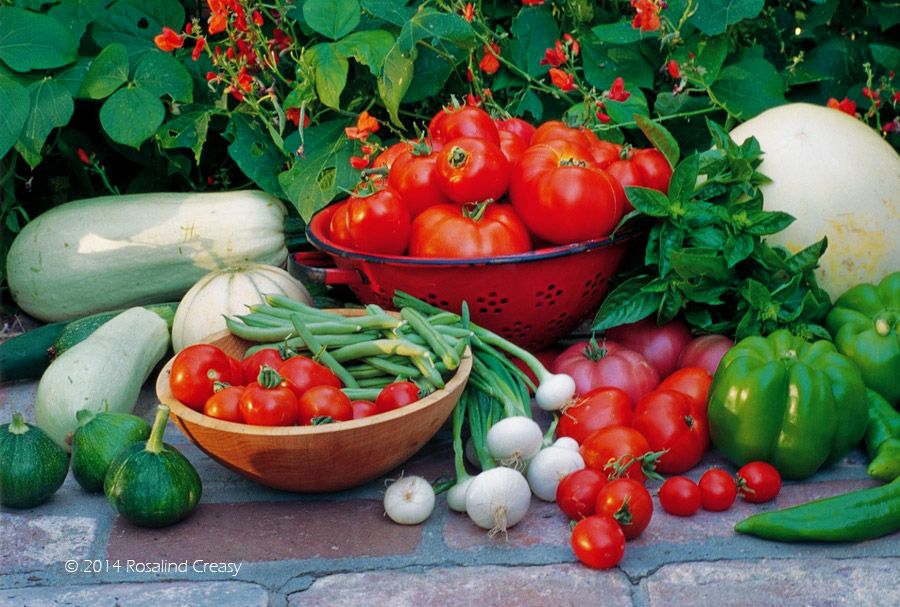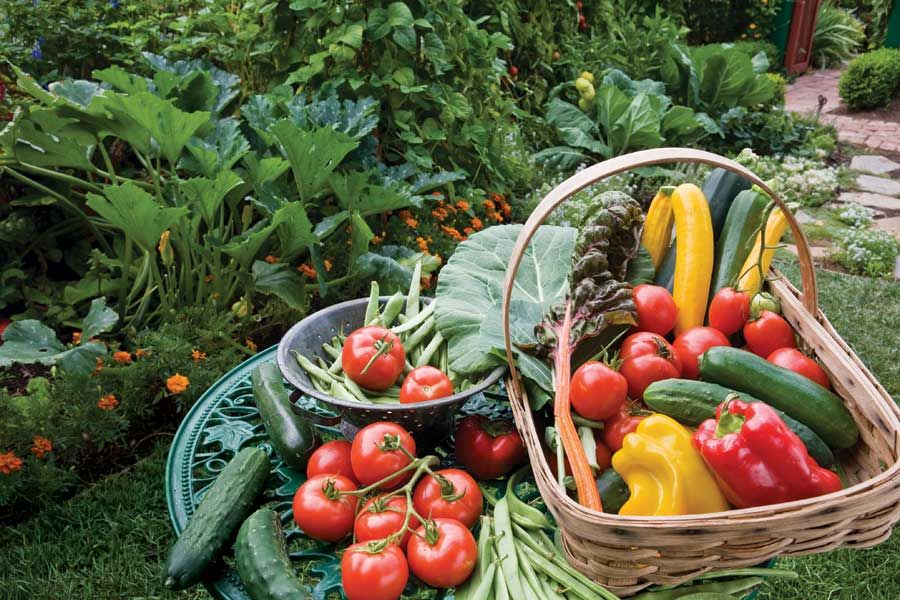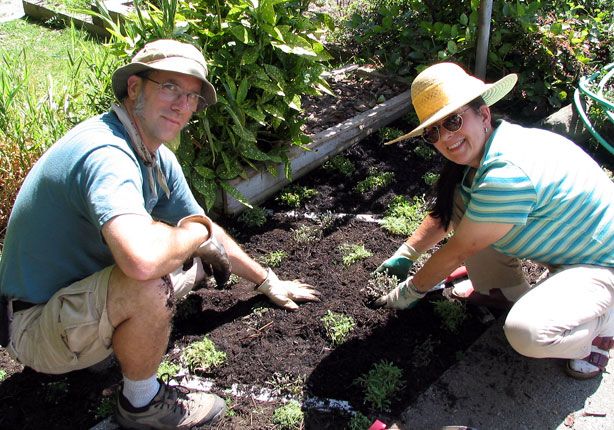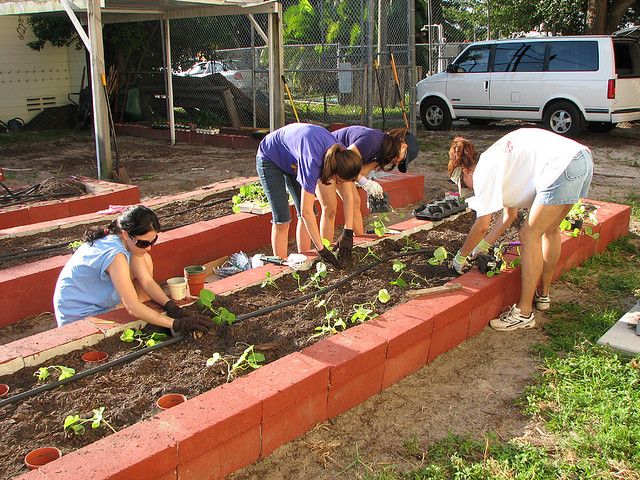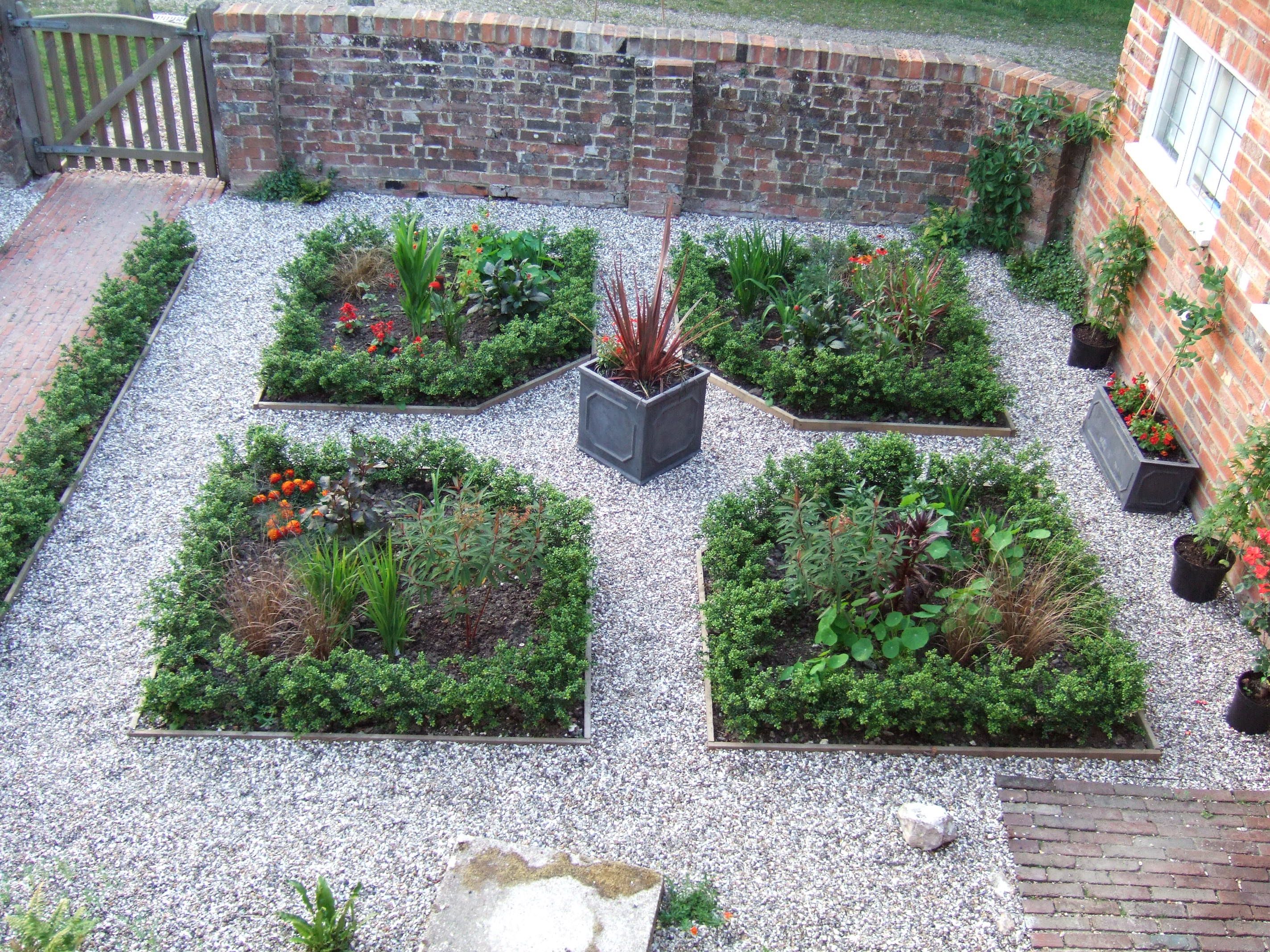Planting and maintaining an organic garden is a rewarding experience. While many of the steps for making a new organic garden are similar to starting any type of garden, there are a few noticeable differences. For example, there is a lot more work up front, planning and analyzing the site. This work is essential for any organic garden: ideal conditions result in healthier plants, fewer pest and disease problems, and a more care-free garden.
Step One: Goal Setting
Are you hoping for a pretty planting bed to give your home curb appeal? Maybe you’re planning a vegetable or herb garden, or that flower cutting garden you’ve always dreamed of. What you choose to grow will have a huge impact on selecting the site for your new garden. Whatever your goals are, it’s important to be realistic.
Step Two: Site Selection
It is time to spend some time analyzing your yard. Keeping your goals in mind, start observing areas of your yard that look like they’ll work. If it’s an herb or vegetable garden you’ve got in mind, you’ll need a site that gets at least six hours of sun per day. You’ll also need to make sure that the site drains well—if it’s like a swamp in the spring and summer, it won’t work for herbs and vegetables, which prefer well-drained soil. If it’s an ornamental bed, consider placing it where you can enjoy it from inside your house as well.
Step Three: Creating the Bed
If you are going with a more formal, geometrical bed, you can use string and stakes to create an outline, or simply measure the size and mark your borders in paint. Whether it is grass, gravel, or an existing planting, you will need to completely clear the area. This is the hardest part of the entire process, but once it’s done it will make the rest of the process a breeze.
Step Four: Amend the Soil
The easiest, best way to amend soil in a new bed is to add compost, and plenty of it. If you make your own, add all you can to your new bed.
Step Five: Plant Selection
It’s getting easier to find organically-grown plants in many home and garden centers. If you are starting your garden early in the season, you can select organic seeds and start your own plants. Organic plants and seeds will always clearly be labeled as such. There are also several good catalogs that sell organic plants.
Step Six: Planting
To plant your plants, dig a hole just as deep and at least twice as wide as the root ball of your plant. Place the plant in your prepared hole, backfill with the soil you removed, tamp it in, and water it thoroughly.
Once you have all of your plants in, give the entire garden a three inch layer of organic mulch, such as shredded bark, hay, chopped leaves, or grass clippings. This will keep weeds down while retaining soil moisture.
